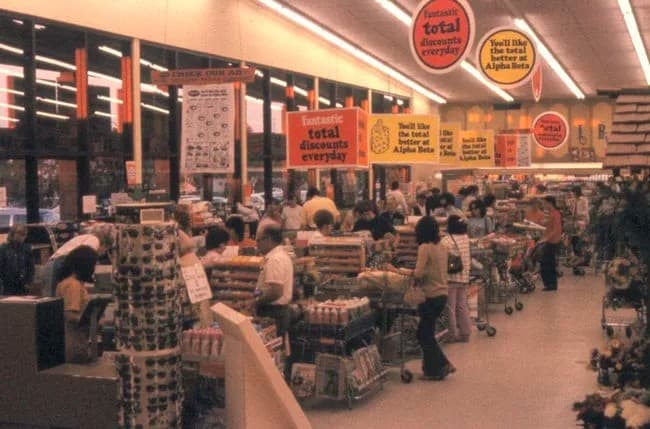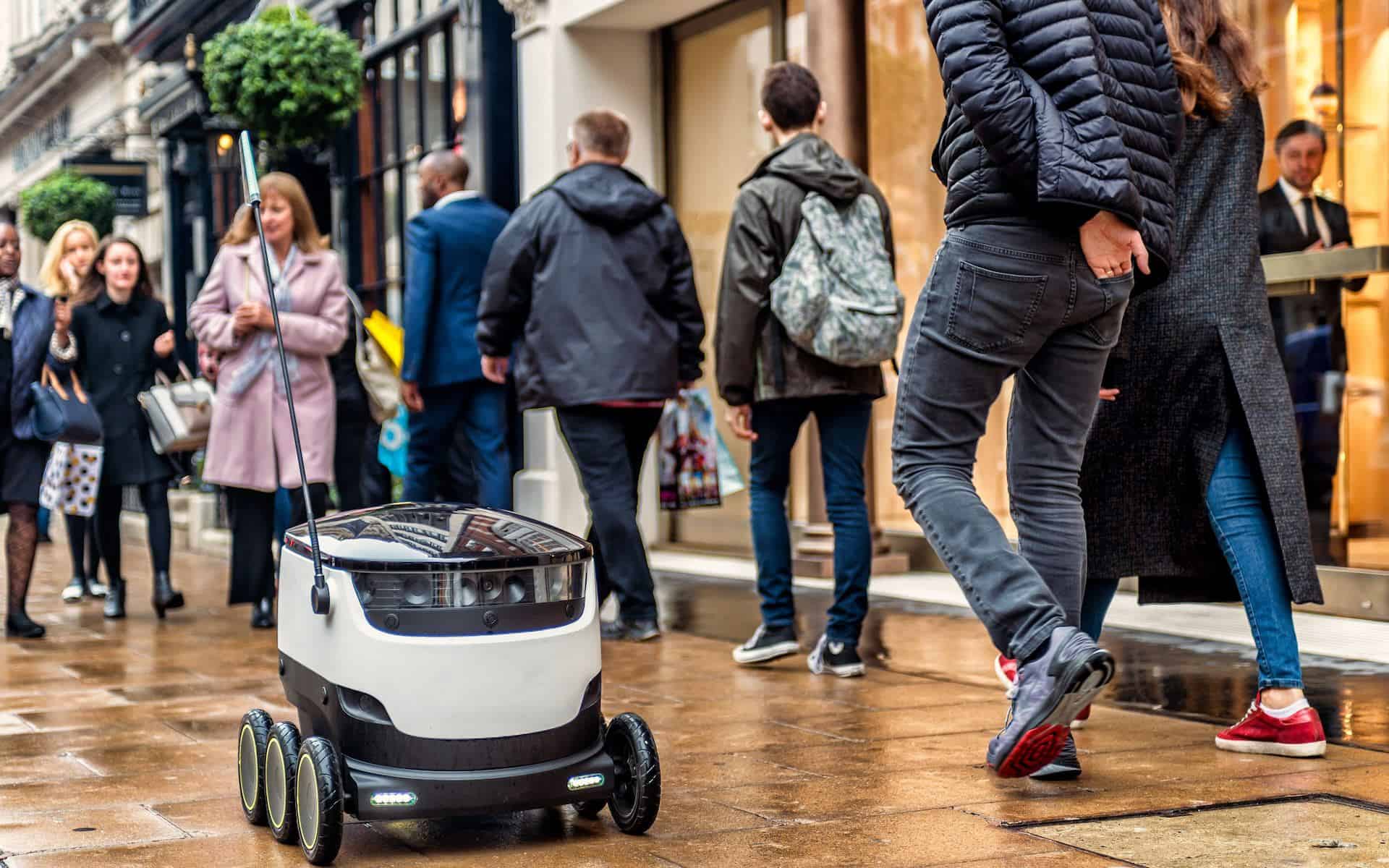2020: The Year of Home Shopping.
Part two of a four-part series.
COVID-19 has presented retailers, and in particular supermarkets, with a once in a generation opportunity to innovate. One of the main areas in which this innovation can happen, indeed has to happen, is its store formats.
Retail formats have barely changed in decades. Walk into a supermarket today, and the experience is almost identical to the experience in 1980. It’s a large building with aisle after aisle of products. Fruit and veg come first, booze is last, and if you’re there at a peak time there will probably be someone looking bored handing out tasters of a new product line.

Photo courtesy Orange County Archives
It’s bland, generic and a major missed opportunity. The COVID-19 crisis and its aftermath is going to fundamentally change the way we live, and it is presenting retailers with an opportunity to transform their stores from uninspiring spaces to unmissable brand experiences. We’re working with two of the retailers who are the forefront of this retail revolution and it’s exciting to see the innovations coming through there, but there is so much more the sector as a whole can be doing.
To some extent, this can be done with technology and the need for greater social distancing. Amazon Go is already removing queues and tills from grocery stores. The Co-Op together with tech partner Starship Technologies is pioneering autonomous robot deliveries, and in the US Robomart is leading the way.
But it is more about shifting mindset. Supermarkets need to raise their perspective from simply controlling categories and pushing their own-label products. They’ve been doing that for decades and making good margins from it, but the world is changing rapidly around them and it just won’t work anymore.

Image via The Telegraph
A whole swathe of the wholesale sector is joining all the entrepreneurs in using new direct-to-consumer channels and presenting new competition to supermarkets. In a post-COVID world, people will remain selective about the places they visit – supermarkets need to re-engineer themselves to be far less vast spaces bored people wander picking out items and far more a destination people enjoy visiting.
Those spaces can be used far more creatively and interestingly. Just consider what could be done with technology. Think VR goggles showing us exactly how the paint will look in our home. How to reimagine our conception of a shop – think leaving with empty hands, knowing your purchases will be at home soon after you are.
The idea of product demonstrations and tutorials isn’t new but could be used far more extensively It could be taken further, and supermarkets could host shows, events, and theatre. They could involve shoppers in those experiences. Think young couples telling friends over Saturday night drinks how they spent the afternoon as catwalk models.
It’s the sort of engagement and advocacy that seems a long way removed from supermarkets today, but it’s not impossible. It can be done, but it needs supermarkets to choose to innovate. The retailers who make the decision today to innovate through this crisis will be those who lead the sector through its future recovery.
Sign up to our mailing list in the footer to receive more insights straight into your inbox, or follow us on Instagram or LinkedIn.




